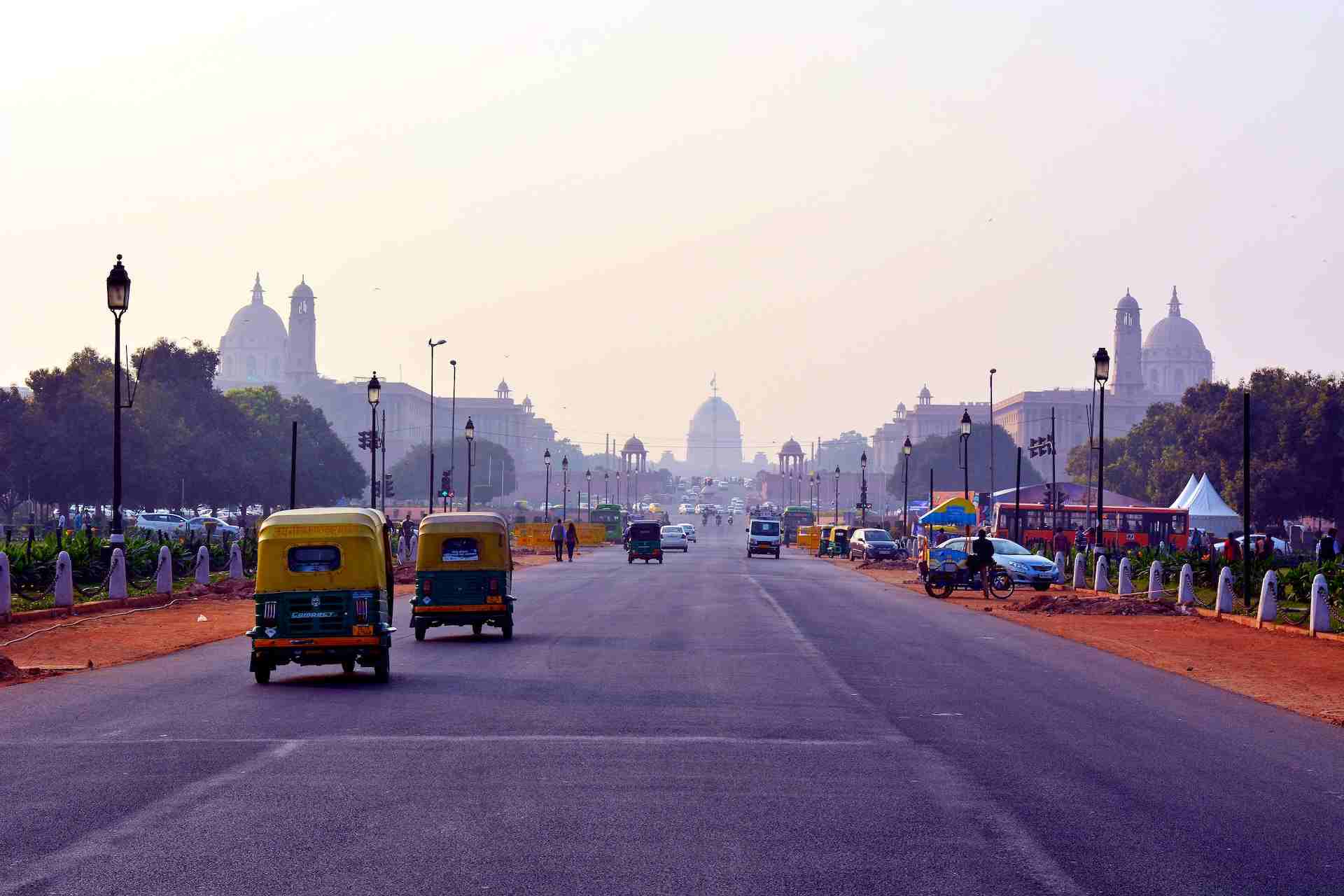

While India is one of the most impacted countries of the COVID-19 coronavirus pandemic, the nation will see a sharp V-shaped recovery in the third and fourth quarters of the current fiscal year, according to the 5th Chairman of the Finance Commission, N K Singh. The President of the State Bank of India, Rajnish Kumar, also announced that the country's economy, which faced turmoil as a consequence of the coronavirus outbreak, began to recover from June.
Nevertheless, the fiscal year as a whole will finish in a downward trajectory because the coronavirus lockdown contributed to significant demand and supply instability. Stating that the global economic crisis would continue to cast a shadow on the growth outlook of the next fiscal year, Singh said that economic expansion in 2022-2023 will decide whether or not efforts to boost development will be sustainable.
India's economic growth was projected at 4.2% in 2019-2020. Growth forecasts for the current year by numerous foreign and domestic institutions suggest a rapid downturn of the Indian economy varying from (-)3.2% to (-)9.5%.
Although the World Bank estimated that India's economy will contract 3.2%, the International Monetary Fund (IMF) and the Asian Development Bank (ADB) put it at 4.5% and 4% respectively.
Singh further claimed that for a nation of the size of India, the optimal debt to GDP ratio would be 60%, and to reach this level in the medium term, the fiscal deficit will have to be matched with this debt target. India's debt to GDP level stood at 70% of GDP in the fiscal year 2019-2020 and is expected to cross 80% in the current fiscal year.
To alleviate the economic impact, Prime Minister Narendra Modi's government unveiled a $266 billion assistance package including both fiscal and monetary measures, expected to be worth about 10% of India's GDP.
The plan contains measures to restore businesses and help workers in the context of the Self-Reliant India Movement. The recently unveiled stimulus plan also allows it compulsory for government offices to purchase only Indian goods, which would put globalization in reverse gear. The program is also targeted at helping to build more jobs in the country and support India build confidence in the manufacturing sector as well.

Indian Finance Minister, Nirmala Sitharaman, focused on offering relief to micro, small and medium-sized enterprises (SMEs), non-banking finance companies (NBFCs), power distribution companies (DISCOMs) and the real estate industry.
Among the other measures for consumers, the Minister proposed US$6.6 billion in tax cuts for workers that will immediately raise their home-based income. Power distribution firms whose sales have receded due to lack of economic development would also obtain a one-off cash injection of US$1.1 billion.
The country's lockdown started at the end of March and was eventually extended several times. Stringent controls also disrupted most commercial practices and forced millions of individuals, many of them daily wage earners, to lose their employment and income streams.
As of 28 July 2020, India recorded 1,482,503 cases, 33,448 deaths and 953,189 patients recovered. However, relative to its population size, the percentage of infected individuals is still low. India also states that the amount of people who have recovered is greater than those still infected by the virus.

The Impact of Healthcare Technology in India
We analyzed the impact of technology in India’s healthcare sector and how it has revolutionized the industry. Learn more about how they did it.

Exploring the Top Business Trends in India
We explore the latest business trends in India and how they influence the development of one of the world’s largest economies.

The Challenges of Implementing Autonomous Vehicles in India
Numerous challenges and complicated processes exist to accelerate the adoption of autonomous vehicles. Here’s how India is addressing them.

Accelerating India’s Digital Economy
We look at the current trends and opportunities in India’s digital economy,